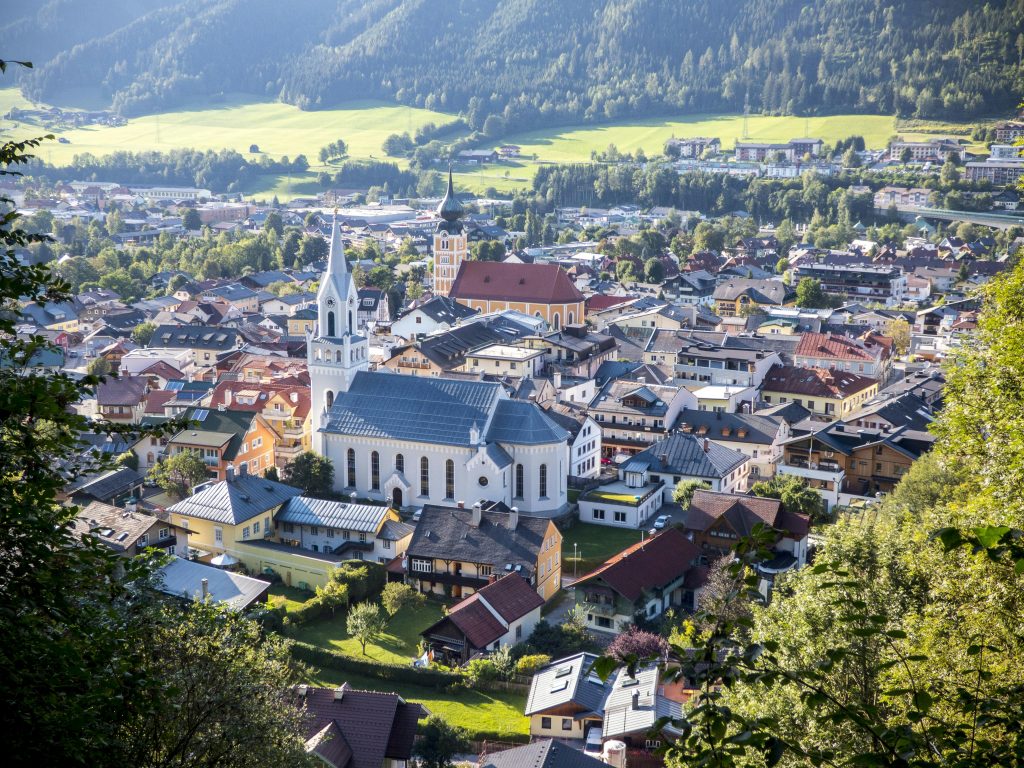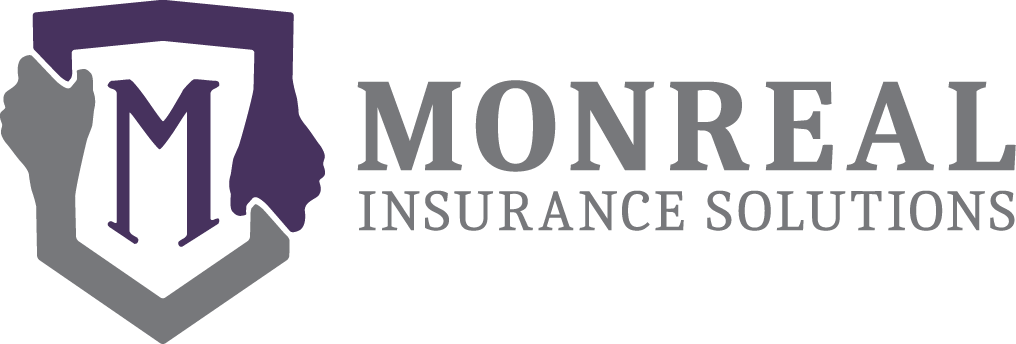
Every year, wildfires threaten millions of homes and lives across the United States—especially in fire-prone states like California. But there’s good news: community wildfire preparedness programs are saving lives and reducing property damage.
Here’s how these programs make a difference:
1. Defensible Space Reduces Risk by 75%
According to FEMA, creating 30 to 100 feet of defensible space around homes can reduce wildfire damage by up to 75%. This includes trimming trees, removing dry brush, and using fire-resistant landscaping. Neighborhoods that adopt these practices experience significantly fewer losses.
2. Community Drills Improve Evacuation Success by 60%
Communities that conduct annual wildfire evacuation drills have a 60% higher success rate in safely evacuating residents. Practicing routes, meeting points, and communication plans ensures everyone knows what to do in a real emergency.
3. Emergency Alerts Save Lives
FEMA also reports that communities with emergency alert systems in place see up to 70% fewer wildfire fatalities. Systems like text alerts, sirens, and mobile apps give families time to get out before it’s too late.
4. Fire-Safe Building Codes Reduce Losses by 60%
Local governments that enforce fire-resistant construction codes—such as fireproof roofing and ember-resistant vents—see 60% fewer property losses during wildfires. Community education and strict codes make a big difference.
5. Fuel Management Prevents Spread
Programs that encourage residents to cut back vegetation, remove dead trees, and create fuel breaks reduce wildfire intensity and help firefighters respond more effectively.
Community wildfire programs aren’t just about protecting buildings—they’re about saving lives.
For more info, text or call Monreal Insurance Solutions at (909) 757-1311
